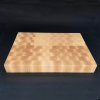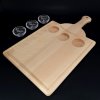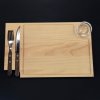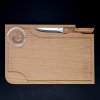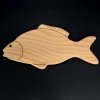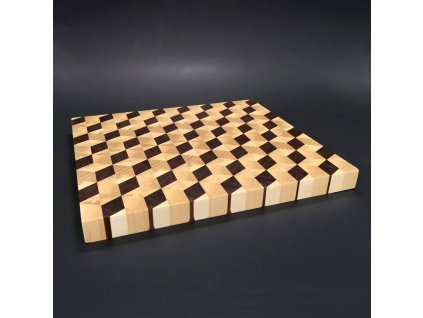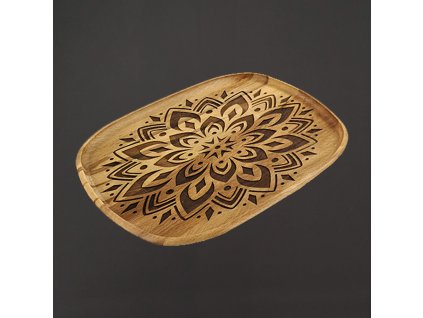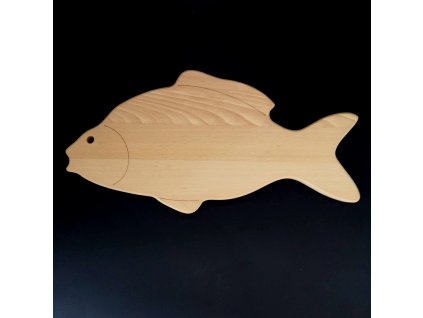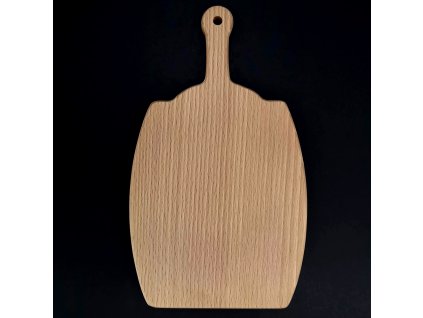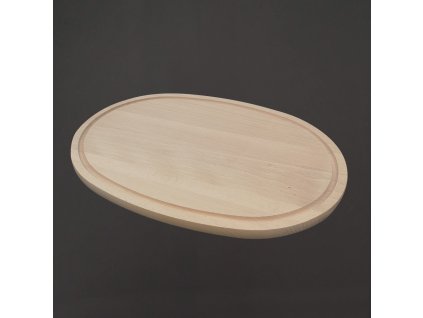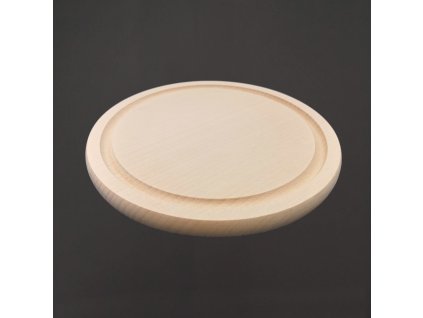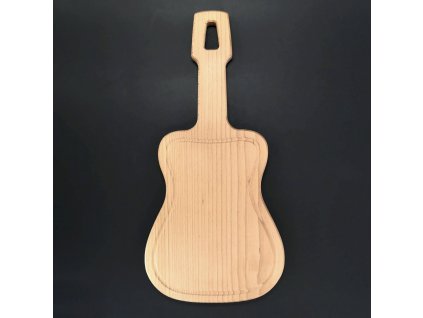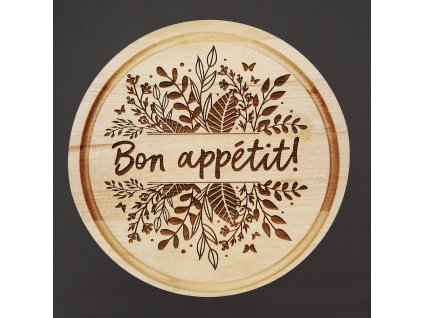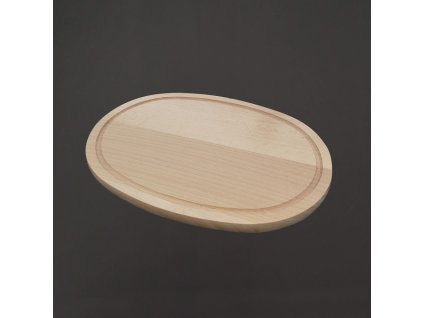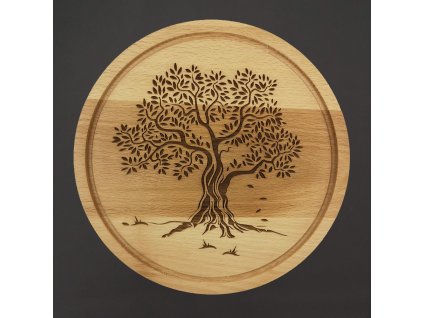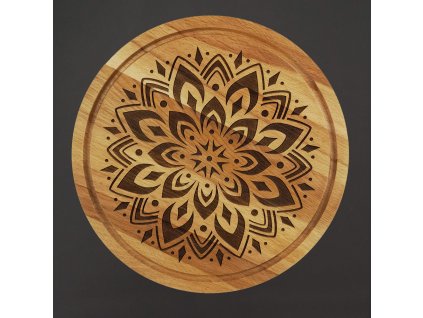Kitchen and serving boards
Bestsellers
Brands
Color
Wood
Material
Specifications
Size
Pattern - motive
Made in
Why should every housewife have wooden cutting boards in her kitchen?
Although in the past, classic solid wooden cutting boards started to disappear from our kitchens as cooks and chefs preferred newer materials - silicone, plastic and glass - we are increasingly going back to wood as time goes on. Why is that?
Return to verified material
We have found that the quality and advantages of wooden planks cannot be replaced by any modern material. Wood is a naturally antibacterial material, a quality we find most useful when cutting raw meat. The only disadvantage is that it must not be put in the dishwasher, where it could swell and crack. It takes a few minutes to wash the cutting board and makes up for this discomfort in many ways.
Faster slicing
When slicing on a wooden cutting board, the knife does not get wet as it does on glass cutting boards. Compared to plastic boards, wooden boards do not have scratches and grooves where bacteria breed.
Environmental benefit
Moreover, wood is a fully degradable and renewable material. No aftertaste or microscopic plastic particles are released into the food when cooking on a wooden cutting board. If you care about your health, you know how many dangerous compounds plastics contain.
Plates for serving as well
You don't have to use wooden cutting boards only for cutting, they also look very good on the dining table. Wooden serving boards are suitable for serving classic old-style meat dishes such as pork belly, pork belly, roast ribs or the much-loved tartare.

